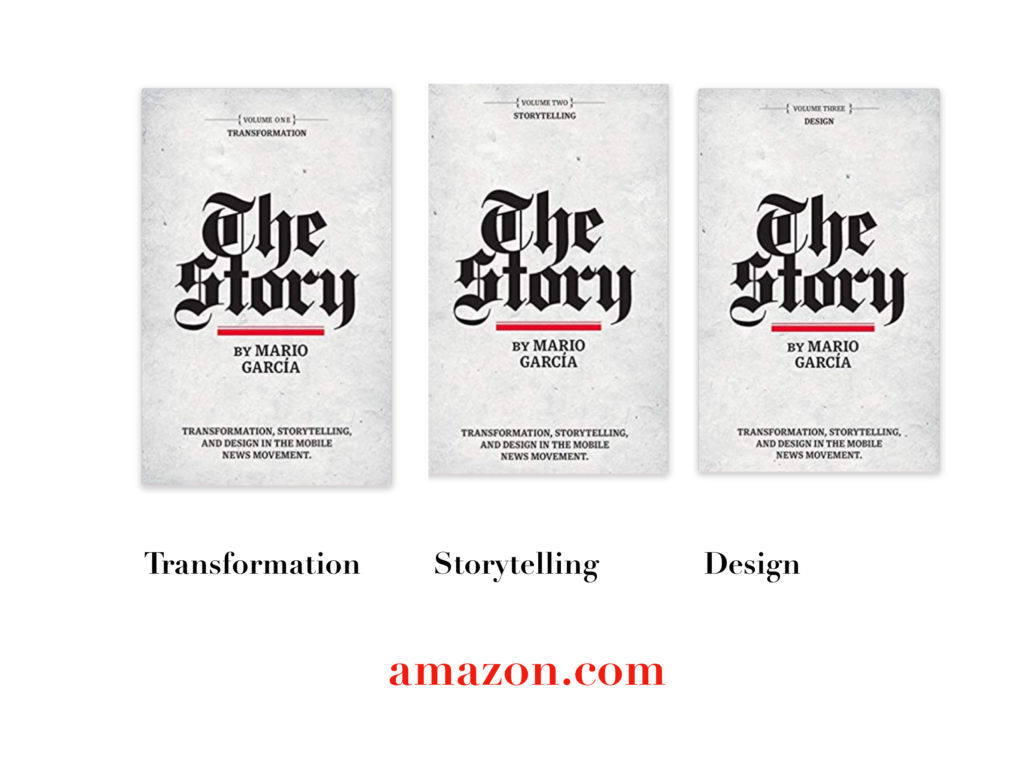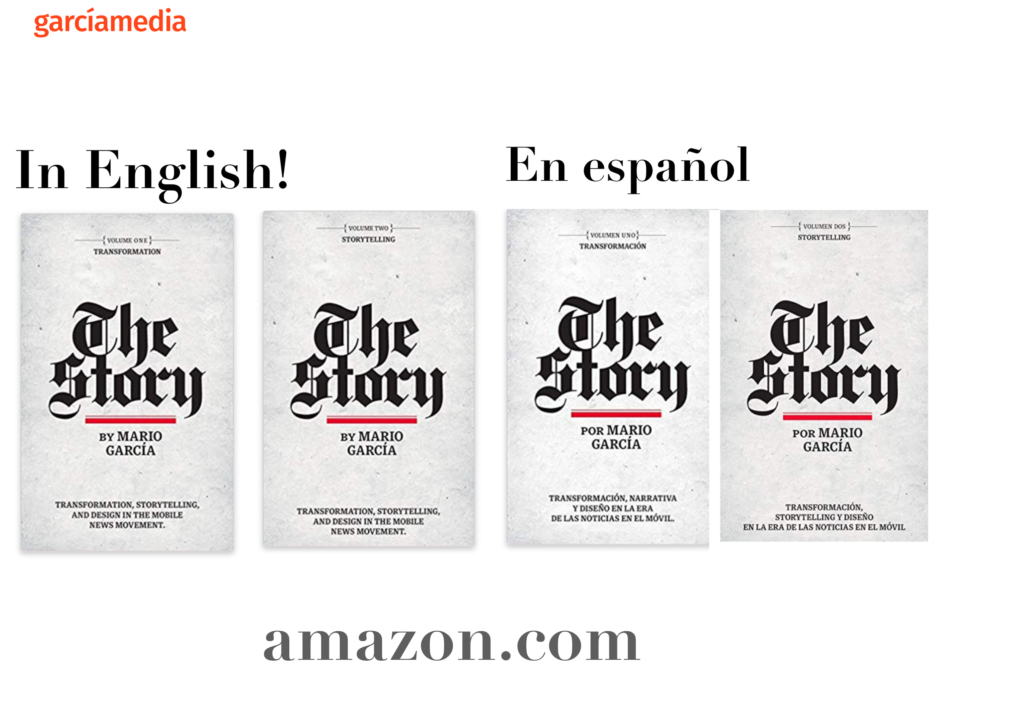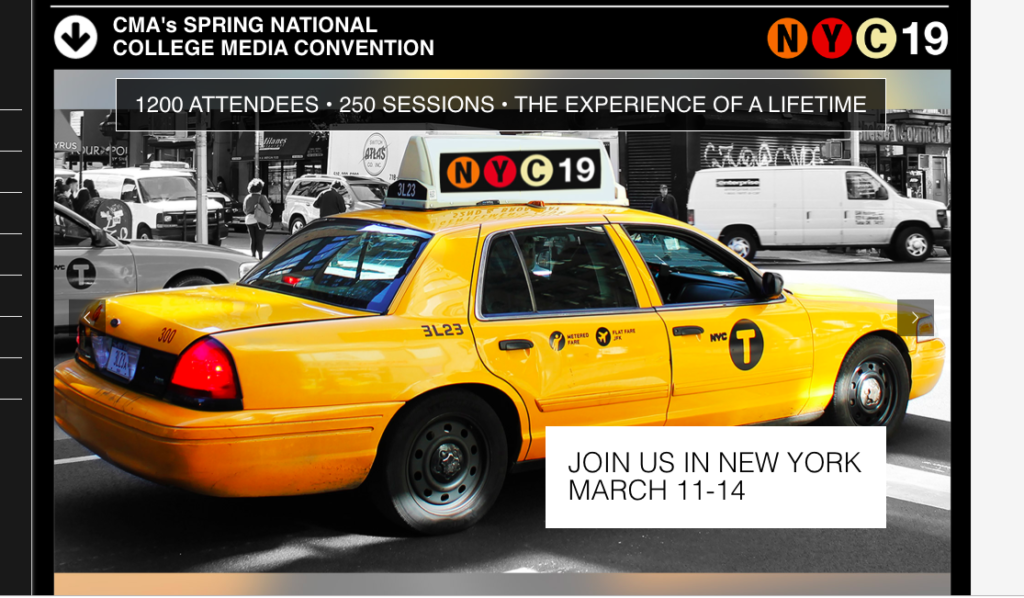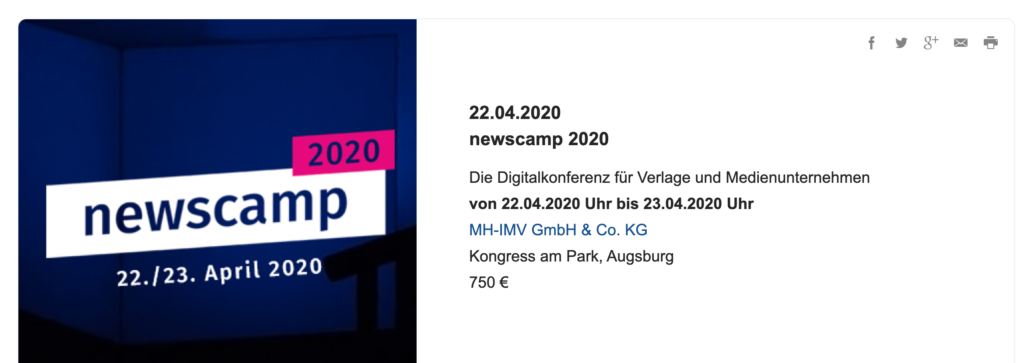This is the weekend edition of TheMarioBlog and will be updated as needed. The next blog post is Monday, Feb. 17
In today’s media landscape reporters can immediately tell what effect , if any, their stories have had on the public. The numbers don’t lie and can even tell you exactly how many people read a certain piece. This is wonderful data to have, of course.
For many newsrooms, what these metrics show has led to cuts in the number of stories published each day. This piece in Digiday provides the numbers:
- Over the last year, the Guardian cut its weekly output by one-third after it detected, by using its real-time analytics tool Ophan, that no one was reading a huge chunk of the journalism produced by the publisher,
- From 2017 to 2019, French subscription publisher Le Monde reduced its total number of articles 25%
- Last summer The Times of London published 15% fewer stories on its online Home News section after learning that its stories without additional or exclusive content underperform with readers.
- From 2017 to 2019, The Post and Courier of Charleston, South Carolina, increased its number of digital subscriptions 250%, from 1,700 to 6,000. Previously the local publication had issued 50 to 65 stories a day. After scrutinizing its output, the publisher cut its daily number of stories to 30 in-depth pieces.
Broccoli versus smoothies

While I think that less is best, I am also concerned that the metrics will emphasize the type of content that readers find engaging, as opposed to the less sexy type of content which may be necessary to know about.
In my workshops I use the analogy of broccoli and smoothies to make this point. Every single day, editors in all newsrooms face content decisions that involve what stories to include. Some less sexy stories need to be published, sort of the broccoli in your diet. Remember your mother pushing the spoonful of broccoli down your throat and reminding you: This is good for you!
Well, editors need to make sure that “broccoli stories”, the not so sexy, but essentials, are part of the daily news diets. However, the metrics of the day may tell you that only “mango banana smoothies,” the sweet sexy stories, are getting traction.
Yes, keep it at less is best, but make sure that your news menu includes both the robust broccoli stories that are necessary for the audience to know, along with the sexier smoothies that the audience always craves.
Let The Story guide your mobile first strategy!


A good read to start the year 2020: The full trilogy of The Story now available–3 books to guide you through a mobile first strategy. Whether you’re a reporter, editor, designer, publisher, corporate communicator, The Story is for you! https://amazon
Mario’s speaking engagements
March 13, 2020, National Media College Association, New York City, NY, USA

Keynote presentation at the National Media College Association Spring Convention.
March 27, 2020, New York Press Association (NYPA), Sarasota Springs, NY, USA

April 22, 2020, Newscamp 2020, Augsburg, Germany

https://medienkalender.bayern/event/newscamp-2020
April 26, 2020, INMA World Congress, Paris, France

TheMarioBlog post # 3207